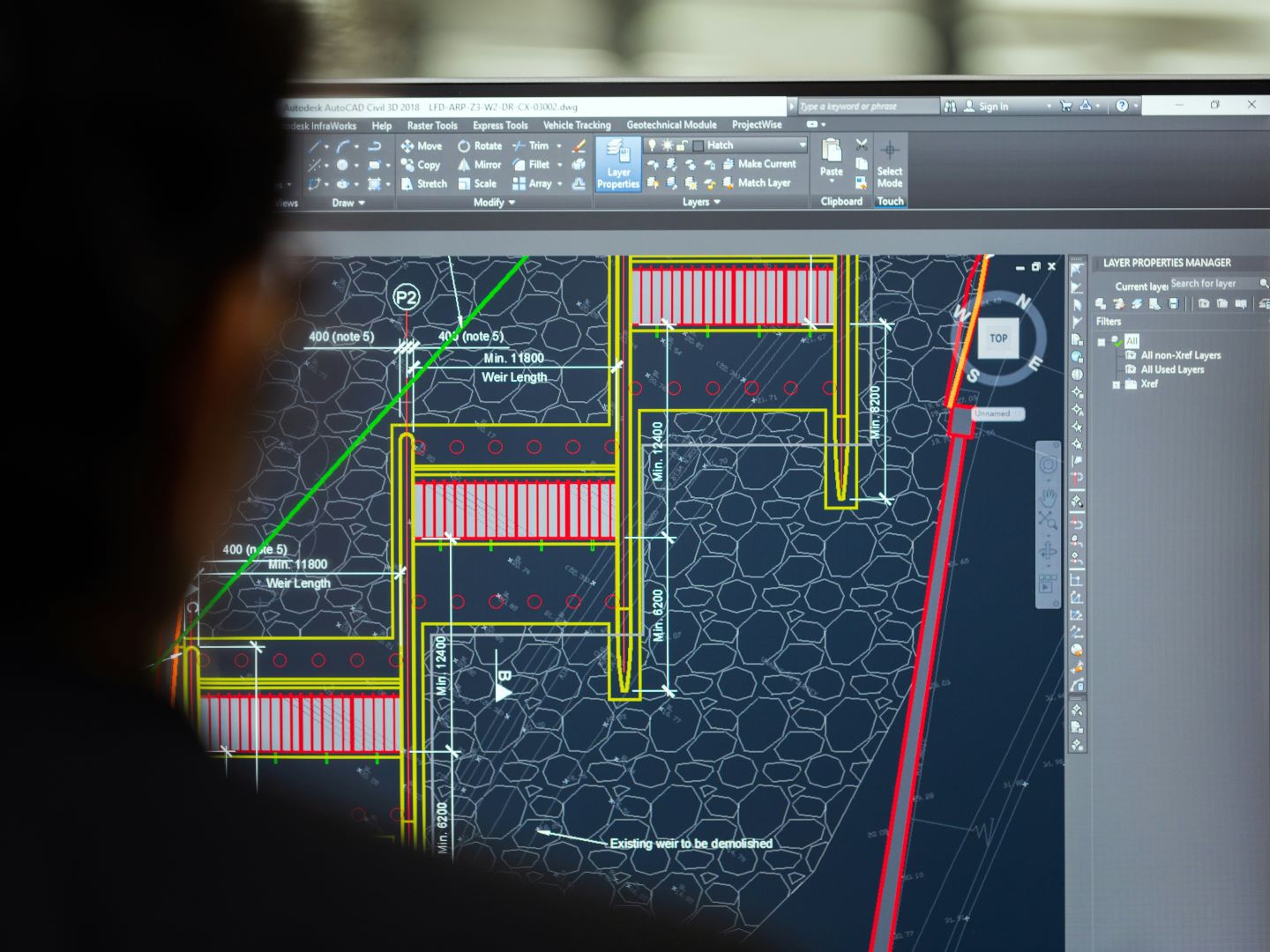
When engaged through design and construct (D&C) contracts for a project, Contractors are generally required to warrant the design aspect of the works. This ultimately increases the overall risk for Contractors associated with the project.
Part 2 of this article series discusses the design warranties often provided by Contractors and the importance of ensuring the expectations for the project and the language used align.
What are design warranties?
Under D&C contracts, the Principal will typically require the Contractor to provide design warranties setting out contractual obligations in respect of the expected standard of work. In the construction industry, these warranties generally relate to:
- Complying with all specified requirements under the contract;
- Undertaking the work with reasonable care and skill; and
- Ensuring the work, once completed, is fit for purpose.
In addition to the warranties, the Principal generally provide the Contractor with design specifications or standards to comply with when developing a design for the project. These may include defined design life and service life requirements for different aspects of the project.
Contractors can avoid unbalanced risk allocation in D&C contracts by considering the relationship between defined design obligations (including the relevant design life and service life requirements) and any design warranties they may provide before entering the contract.
Design Life vs. Service Life
Design life can be defined as the expected life based on the design. In other words, the design life is the anticipated service life when considering only the design work. Determined by considering the operational conditions in which the infrastructure is to be used, service life is often understood as the life of the infrastructure based on real world results.
D&C contracts typically include specific design or service life requirements within the design specification documents provided by the Principal to the Contractor.
The distinction between design life and service life is small but important. This is because the design life is a theoretical estimation. In contrast, service life is an operational estimation considering real world factors that may impact the infrastructure, design or equipment, including temperature, frequency of use, or environmental factors. In some instances, the actual service life cannot to achieve the design life, in which case, the scope of liability is determined with reference to the design warranties provided by the Contractor.
Reasonable Care and Skill or Fit for Purpose
In circumstances where the service life is unable to achieve the design life, the scope of liability will depend on the contract, specifically the warranties provided by the Contractor related to the designs. Common design warranties in D&C contracts include using reasonable care and skill in preparing the designs and ensuring the designs are fit for purpose.
The distinction between these two warranties is substantial in terms of the threshold to achieve each and the Contractors liability:
- A warranty to use reasonable care and skill will require a Contractor to provide a design using reasonable care and skill. Typically, a design will satisfy this warranty if it has been prepared to a standard expected from a reasonably competent member of the profession (e.g., the same or similar design would have been provided and standard achieved regardless of the designer engaged).
- On the other hand, a warranty to ensure the design is fit for purpose increases the standard to use reasonable care and skill, requiring Contractors to achieve the specified result under the contract. For example, if the design life is achieved, but the service life is not, the Contractor may be liable for breach of contract by failing to provide a design that was fit for purpose. Ultimately, Contractors are obligated to deliver designs that achieve the expected standard without error when providing a fit for purpose warranty.
Further, the reasonable care and skill standard is rooted in the common law. This means where a contract is silent on a Contractor’s warranties related to the fitness for purpose of design works, the common law will limit liability to a failure to exercise due care and skill.
Main Takeaways
Before entering a D&C contract, Contractors can minimise their design liability by allocating risk under the contract. To do this, Contractors should:
- Carefully review any preliminary designs, design specification documents and project requirements provided by the Principal to determine if there are any additional design obligations under the contract that are not explicitly provided for and seek clarification if necessary;
- Consider whether the scope of design works adequately aligns with the design documents and requirements provided;
- Review the warranties proposed to ensure the language used reflects the expectations for the project in terms of the applicable quality standards applying to the project; and
- Consider whether a warranty to ensure the designs are fit for purpose is achievable or a warranty to use reasonable care and skill is more appropriate.
Lamont Project & Construction Lawyers
The Lamont Project & Construction Lawyers team has extensive knowledge regarding various contract models, including standard form and bespoke contracts, and the circumstances that give rise to design risks for both Principals and Contractors. Our team has experience and a comprehensive understanding of the intricate risks related to design and construct contracts for Contractors. With this knowledge and expertise, Lamont Project & Construction Lawyers can provide the required support and advise on major projects with respect to design risks across the life cycle of a project.
If you would like to discuss any matters raised in this article as it relates to your specific circumstances, please contact Lamont Project & Construction Lawyers.
The content of this article is for information purposes only and does not discuss every important topic or matter of law, and it is not to be relied upon as legal advice. Specialist advice should be sought regarding your specific circumstances.
Contact: Peter Lamont or Quinn Hironaka
Email: peter@lpclawyers.com or quinn@lpclawyers.com
Phone: (07) 3248 8500
Address: Suite 1, Level 1, 349 Coronation Drive, Milton Qld 4064
Postal Address: PO Box 1133, Milton Qld 4064
